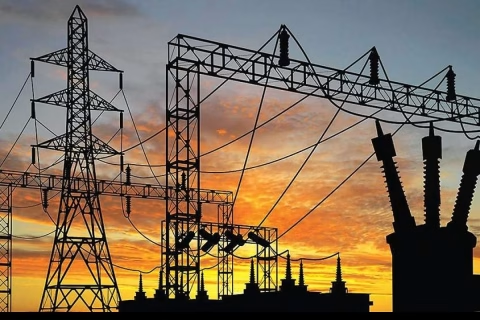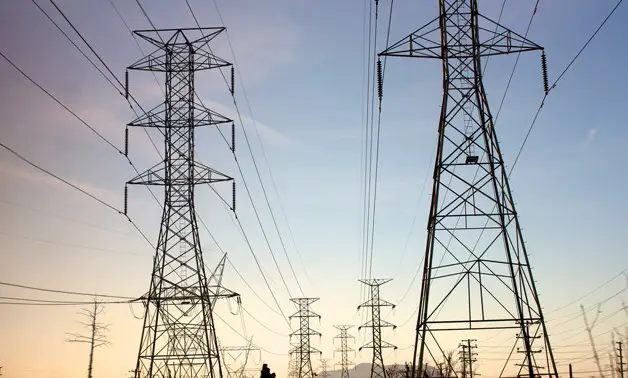The Egypt–Libya Electricity Interconnection Project focused on expanding the existing transmission capacity between the two countries from 200 megawatts (MW) to 450 MW, with plans to eventually reach 1,000 MW. The initiative aimed to strengthen energy cooperation and improve the reliability of power supply across both nations.
The project was developed in response to Libya’s continuing electricity shortage and the country’s efforts to stabilize its power grid. Libya had long experienced daily power cuts and a substantial supply deficit, with generation shortfalls reaching about 1,000 MW during winter and up to 2,500 MW in the summer.
The interconnection was seen as a practical solution to mitigate these challenges while enhancing regional energy integration. The General Electricity Company of Libya (GECOL), responsible for the implementation and management of power infrastructure in the country, played a key role in supporting the project alongside Egypt’s Ministry of Electricity and Renewable Energy.
Through this collaboration, the project highlighted the main goal of improving power generation, transmission, and distribution efficiency within North Africa’s interconnected electricity network.
Though commendable progress has been made so far, the project is still ongoing. Recent progress includes a new 165 km transmission line planned from Saloum, Egypt, to Tobruk, Libya, which will be part of a larger North African interconnection, though specific construction timelines are not yet fully detailed.
Other than the Egypt-Libya electricity interconnection line, the Egypt-Saudi Arabia electricity interconnection project is also taking shape at 95% completion. The project’s first phase is expected to be operational by the end of the year or early 2026. The work includes the construction of 862 towers. It also entails the installation of 330 kilometer extra-high-voltage cables and power lines within Egypt. Reports have noted that the contractors are currently conducting final testing in preparation for the project’s launch. According to ASSO Group, the project features a ±500kV, 3,000 megawatts (MW) HVDC transmission system spanning the northern part of the Red Sea’s Gulf of Aqaba.
Also Read: GECOL to construct new gas-fired power plant in Zliten, Libya
Meeting the electricity deficit

Osama al-Saeiti, adviser to the GECOL general manager for technical affairs in the eastern region and former executive director of the company’s operating affairs, said that Libya needs approximately 6,500 MW to meet its consumption needs in the winter season and at least 8,000 MW in the summer.
“GECOL currently generates 5,500 MW only. Although there are 10 power stations operating in Libya, they do not generate the needed electricity due to lack of maintenance,” explained al-Saeiti.

